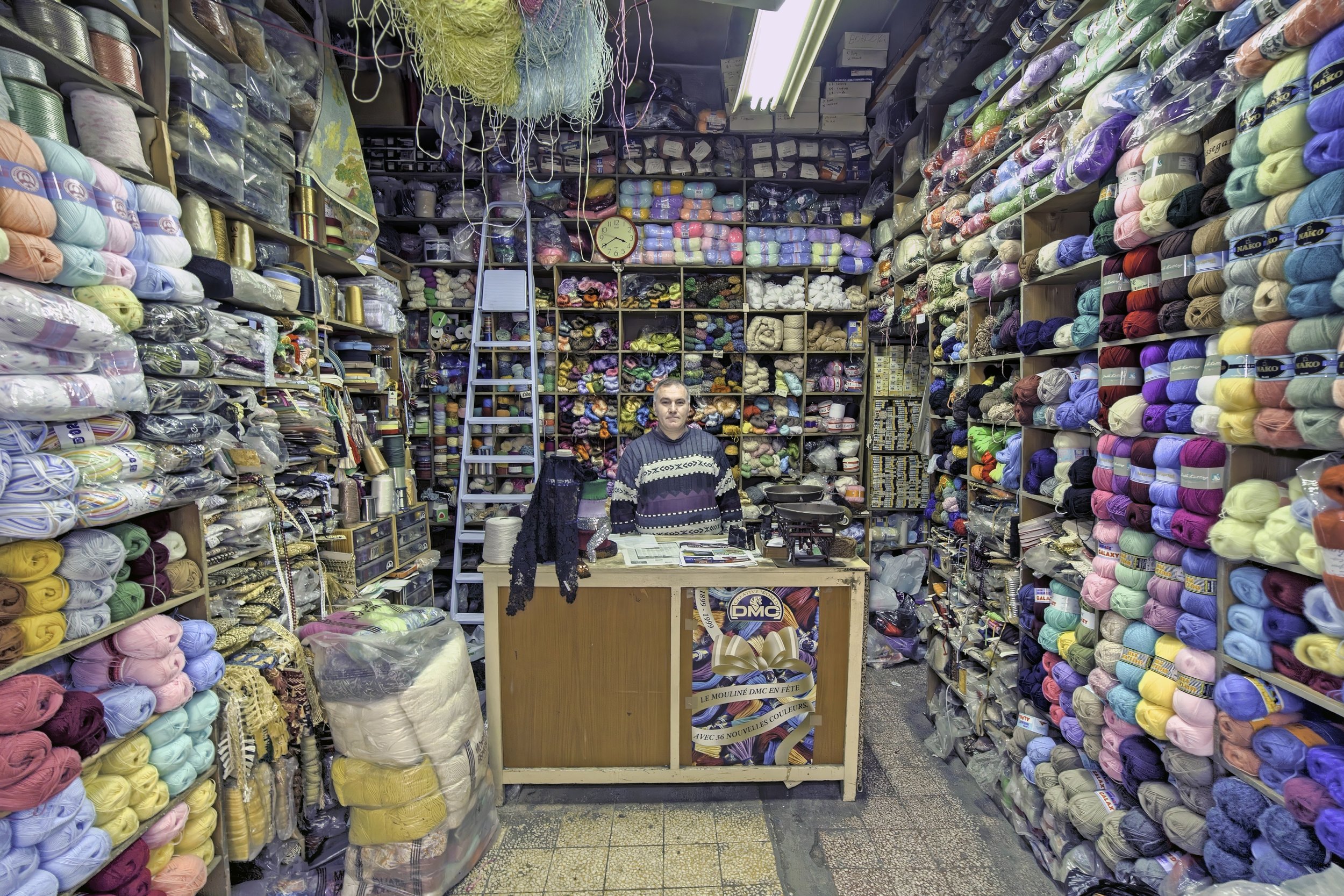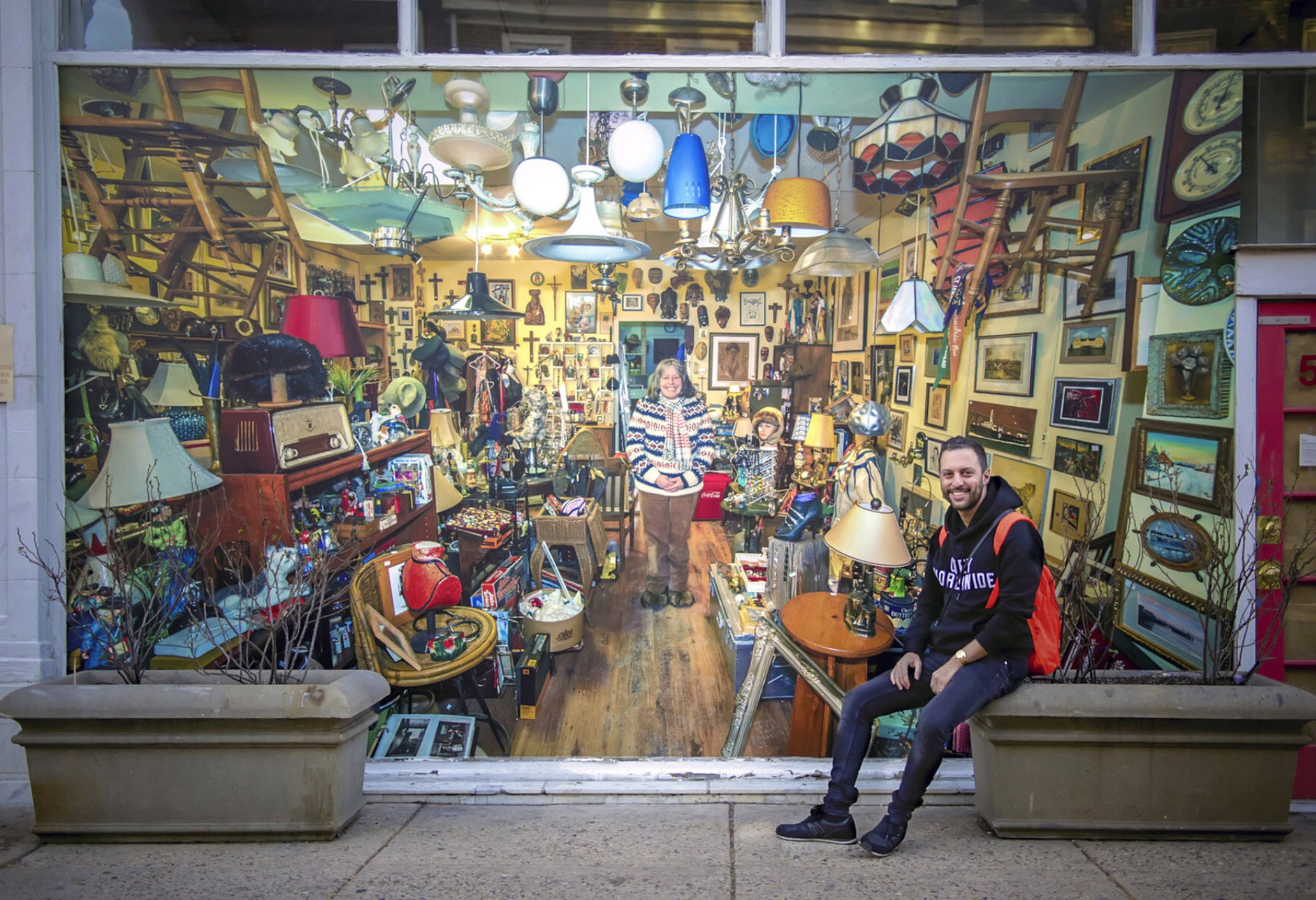
"THE GUARDIANS"
In his photographic series The Guardians, Antaki presents profound and intimate portraits of artisans and shopkeepers, whom he sees as custodians of unique “urban temples.” These modest spaces—shops, market stalls, and workshops—exist far from conventional landmarks, yet they embody the authentic cultural fabric of their communities. He deliberately avoid idealized nostalgia and instead seeks to explore the delicate balance between preservation and modernization. Through these portraits, he aims to reveal the inherent resilience, dignity, and cultural continuity of individuals often overlooked in rapidly evolving cities. By elevating these humble spaces to monumental significance, The Guardians becomes a visual inquiry into the importance of preserving cultural authenticity. With this work, he honours and safeguards the memory of spaces that are slowly vanishing, reminding us of their essential role in the soul of our urban landscapes.
The portraits are often presented as life-size installations, displayed in the empty storefronts of closed shops in various cities, or within museum settings accompanied by immersive soundscapes that share the Guardian’s story. The intention is twofold: to create a face-to-face encounter with the audience, transforming absence into presence, and to raise awareness so that consumers might actively support these individuals by giving them their business, helping them to remain open. His deeper intention is to pay tribute to these Guardians and to create a lasting proof of their existence—especially in these times of speed and digital shopping.
All portraits share a consistent composition and focal line. His deliberate use of a very wide-angle lens amplifies the grandeur of each space and establishes an unusual relationship between the photograph and the viewer, who is immediately drawn into these colorful and visually dense environments. Paradoxically, what might first appear as clutter, even hoarding, becomes majestic and almost magical. These spaces transcend their function as simple shops, transforming into urban temples that carry a sacred dimension within them.
“Through his photographic survey, Antaki addresses the social value and fragile nature of individualized work in an increasingly homogenized, consumerist society. In our highly technological era, where the past is quickly forsaken by a lust for the newest, latest, and greatest, the economic conditions supporting those purveyors of our quirky cultural “heirlooms” are gradually becoming more tenuous. Work places themselves are increasingly democratized, depersonalized and scaled-up for the sake of commercial efficiency. The artist sees this, and he responds. The sitters tell their stories, but also implicit in these images is the close association of each person to the articles they have surrounded themselves with, which prompts us to consider the psychological relationship between each subject and their created environment. Antaki steps deeply into the treasured realms of these individuals. With his acute perception of the present moment and a gentle curiosity he eloquently takes stock, allowing us privileged access to the idiosyncratic wealth of the Guardians.”
- Edward Burtynsky
Urban installation, Montreal (2014)
Urban installation, Montreal (2014)
Urban installation, Montreal (2014)
Urban installation, Philadelphia (2016)
Urban installation, Philadelphia (2016)
Urban installation, Toronto (2016)
Urban installation, Toronto (2016)
Urban installation across 100 cities, France (2014)
Urban installation across 100 cities, France (2014)








































